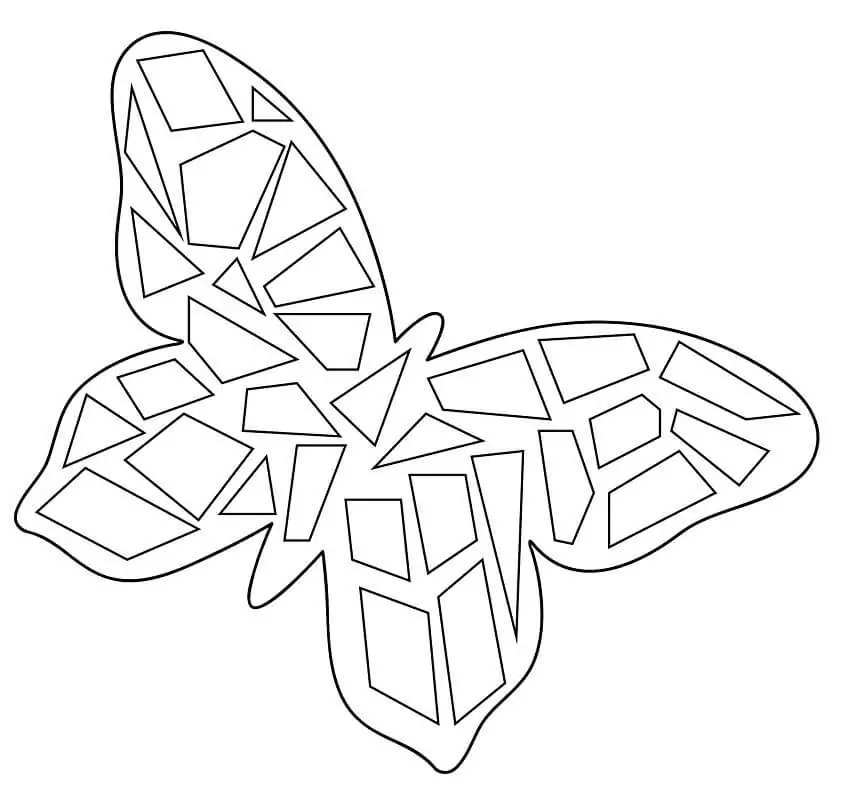
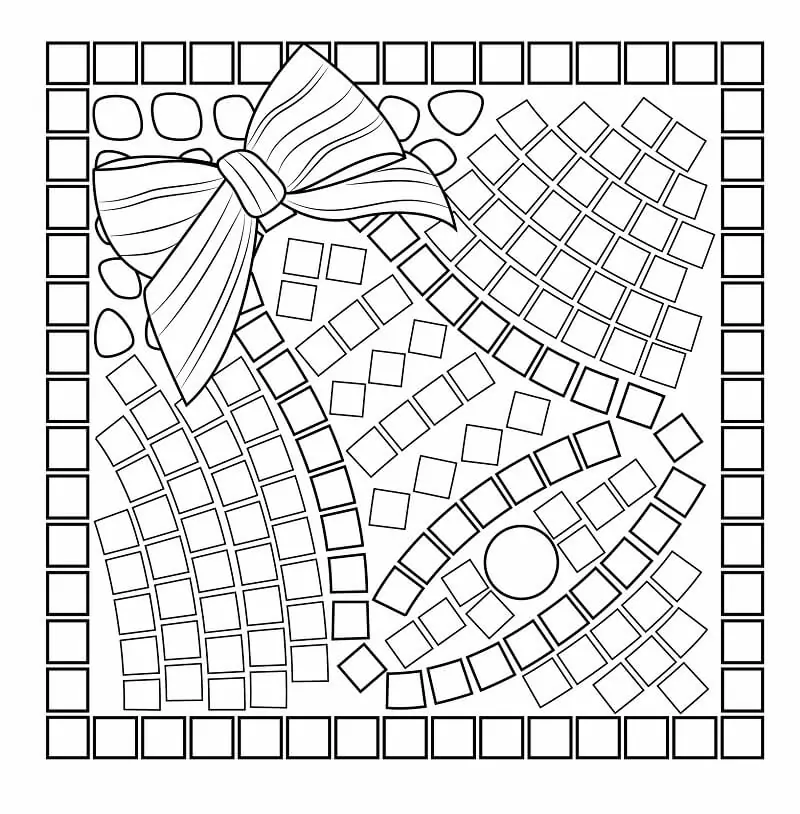
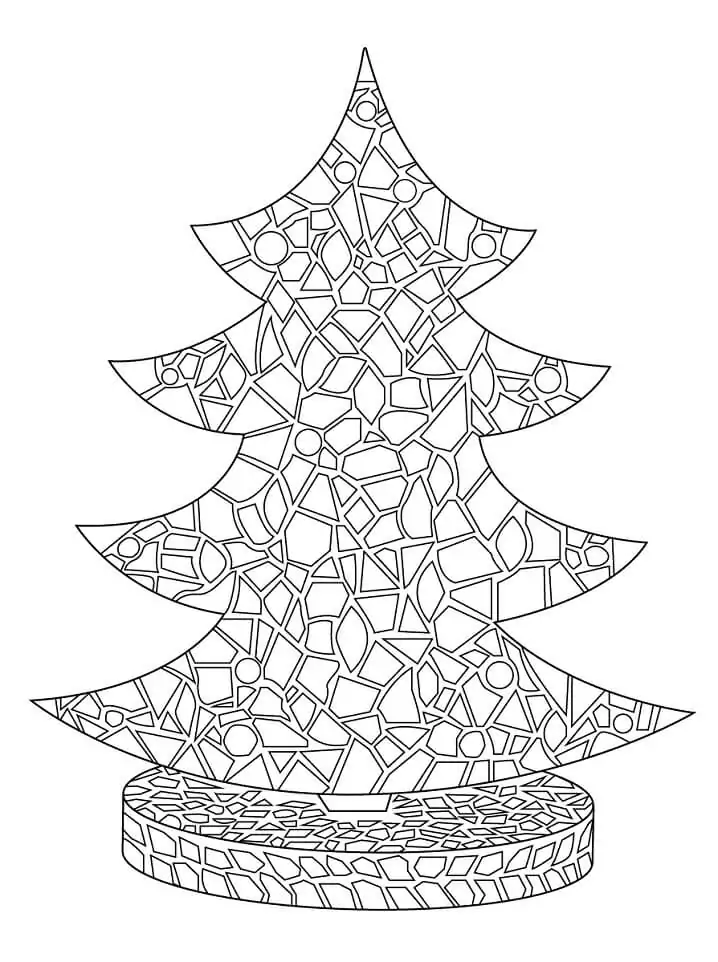
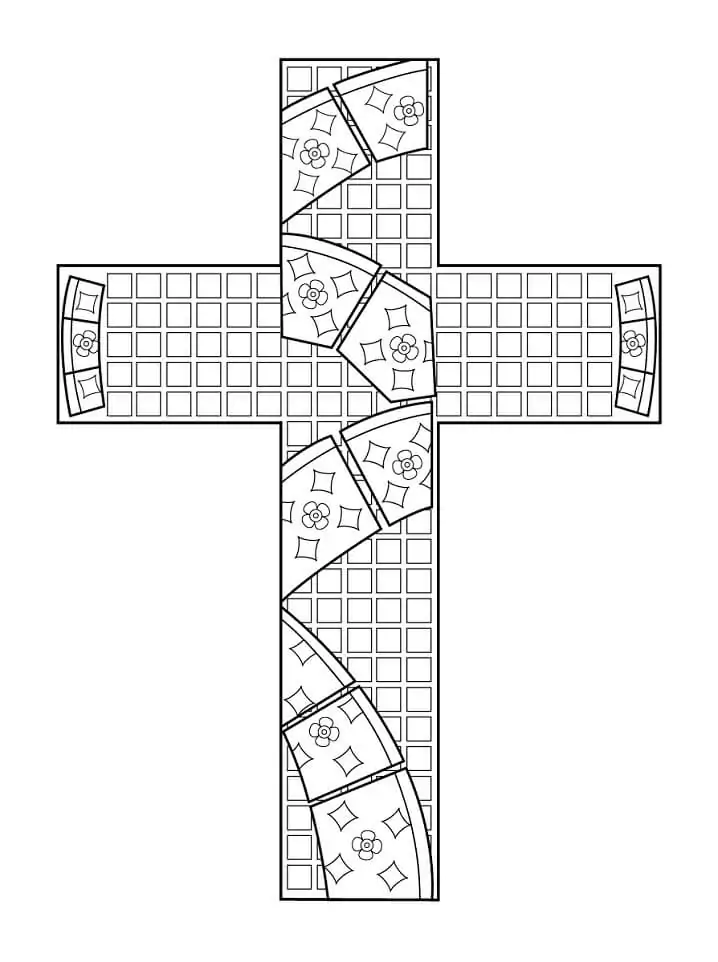
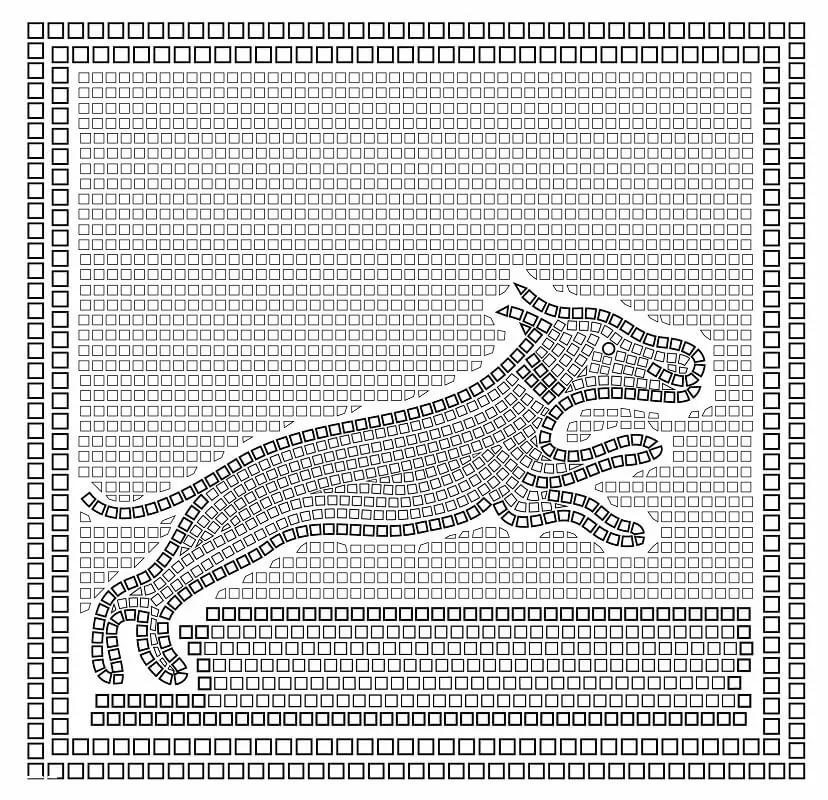
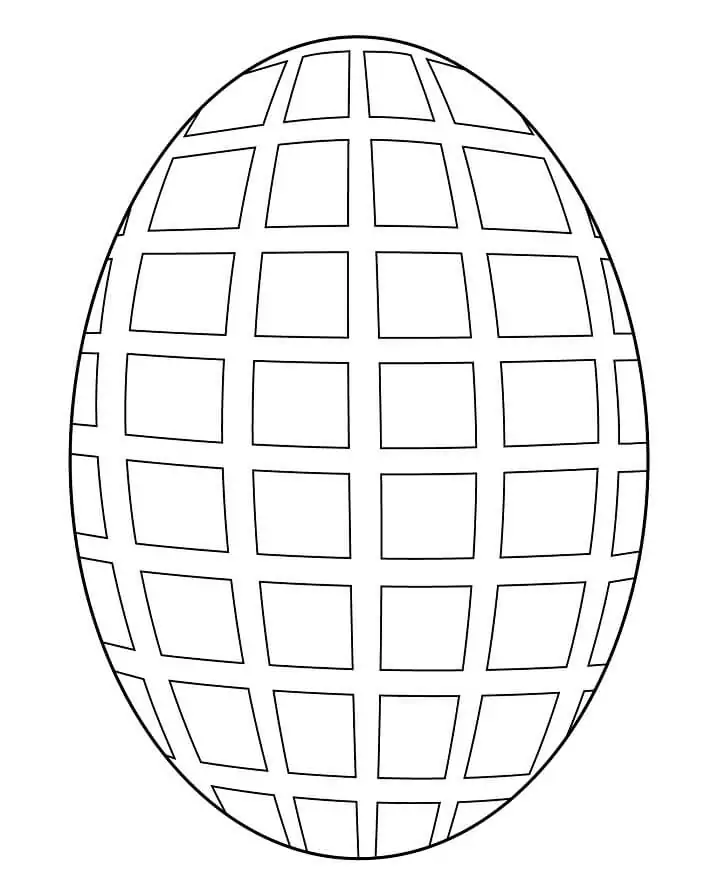
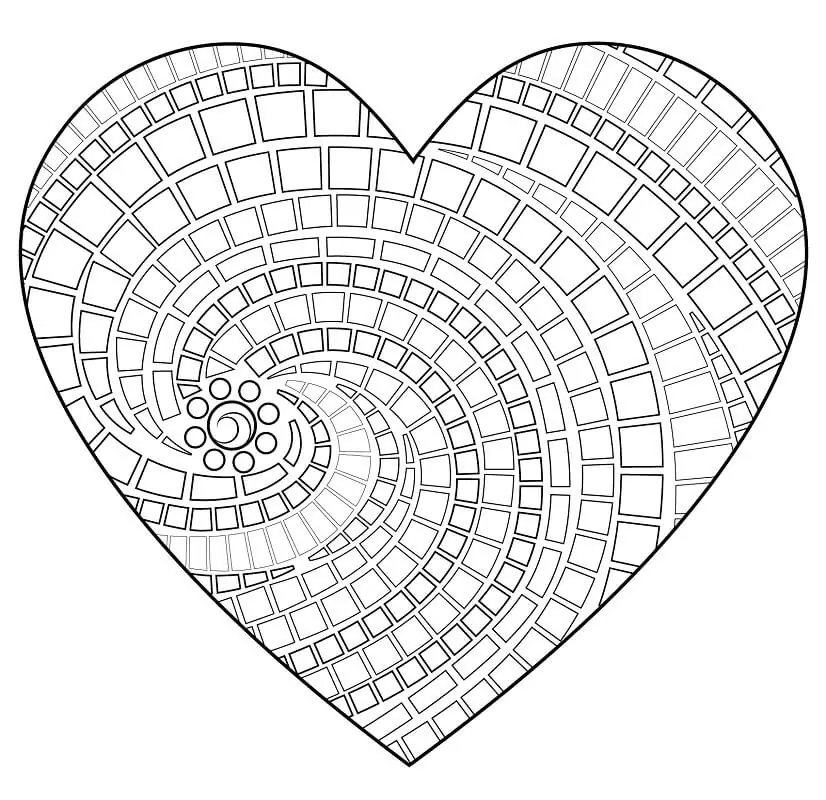
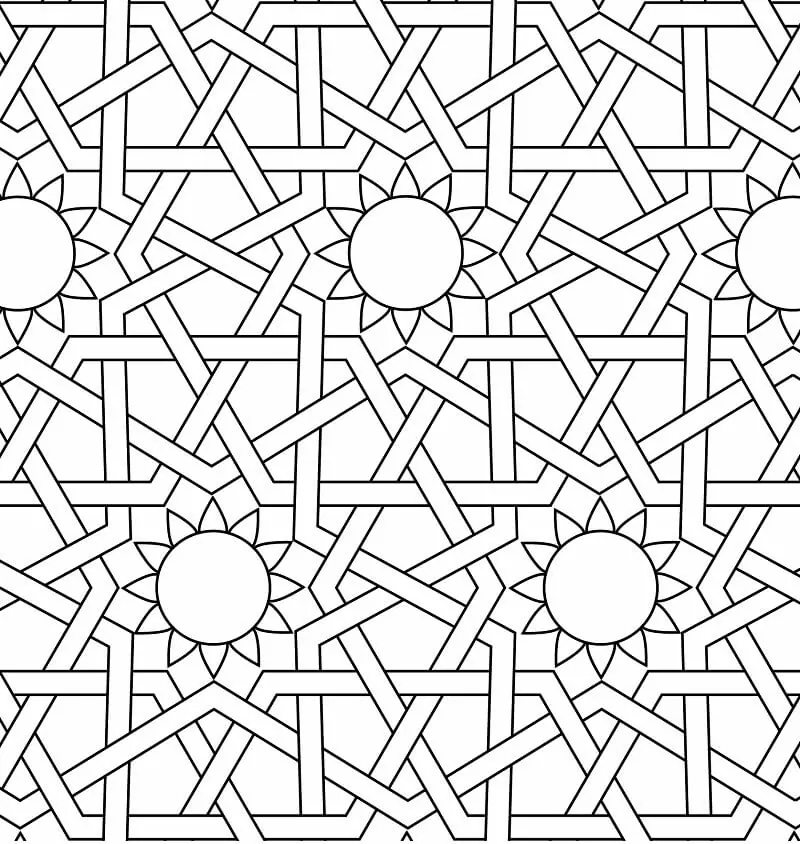
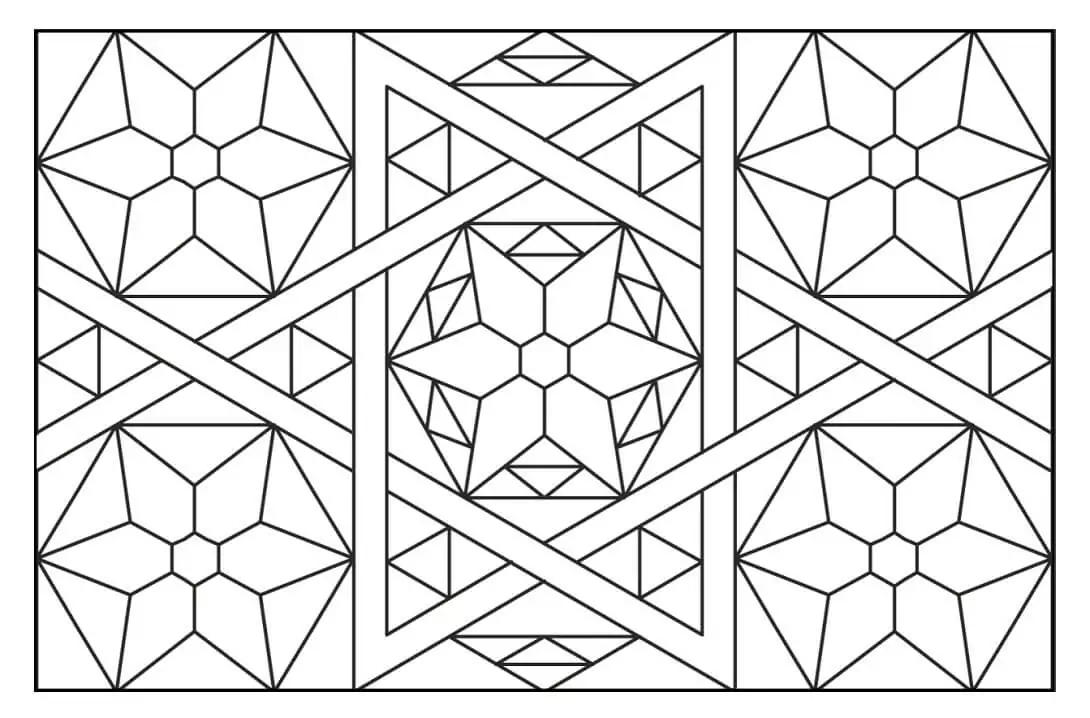
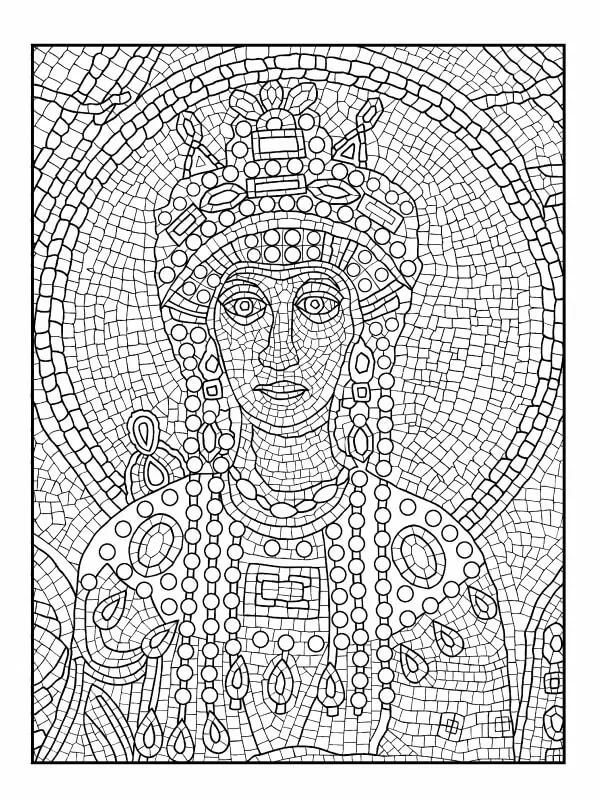
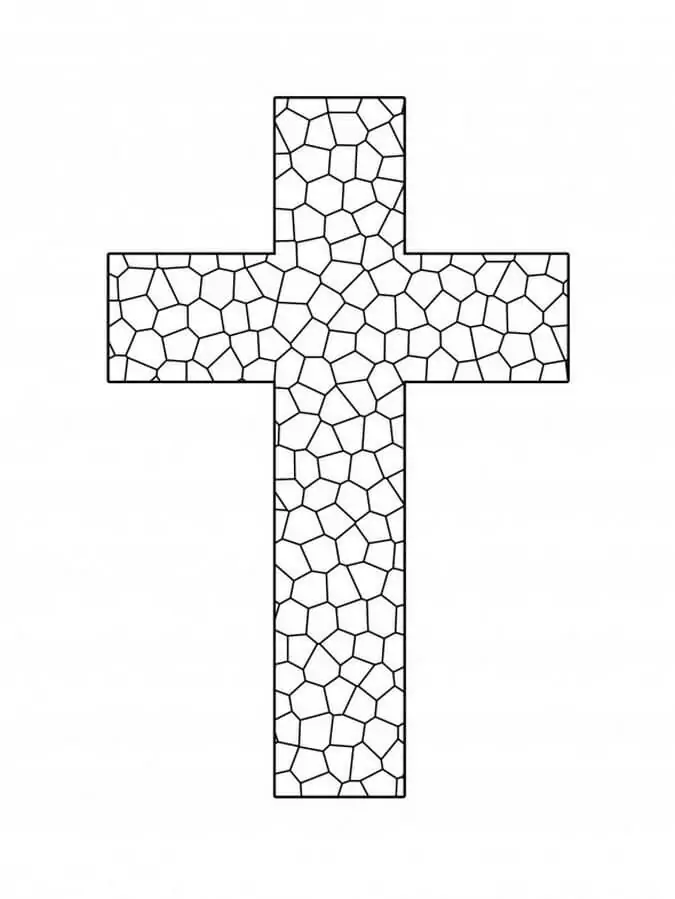
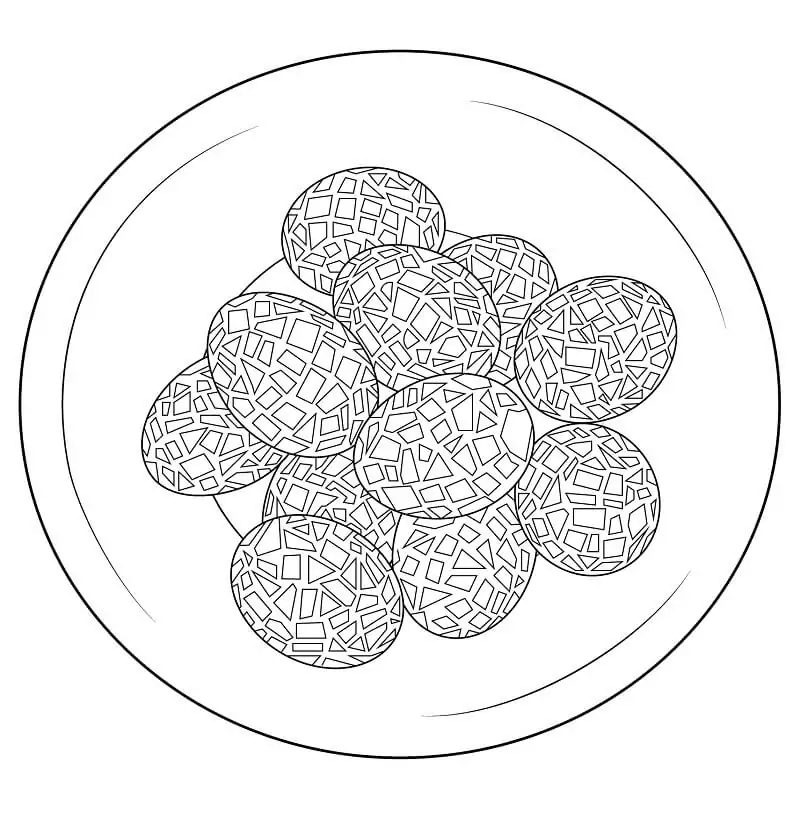
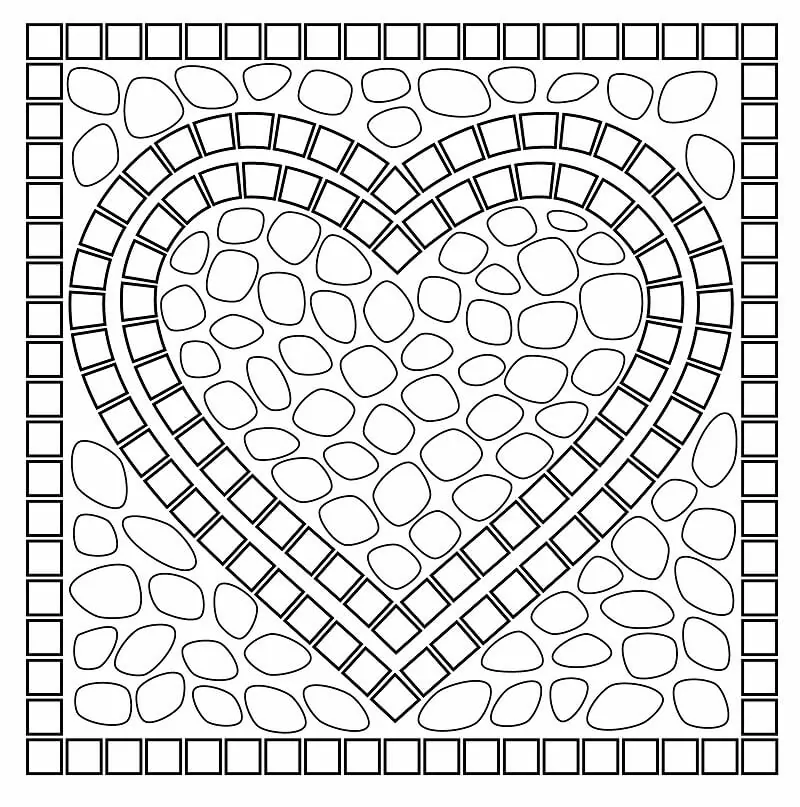
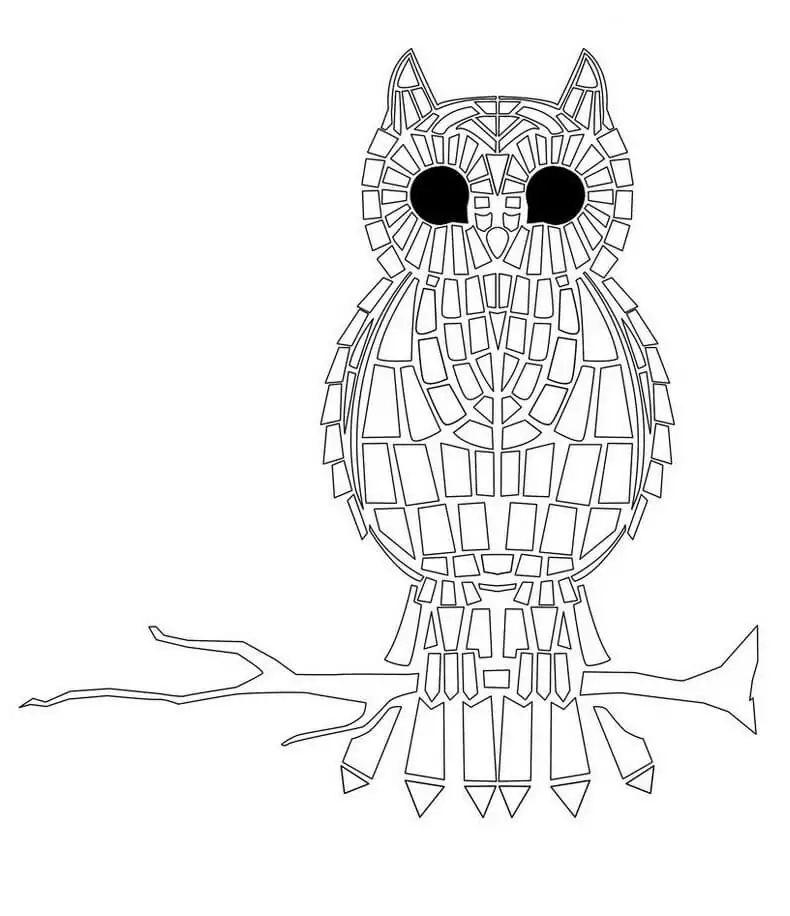
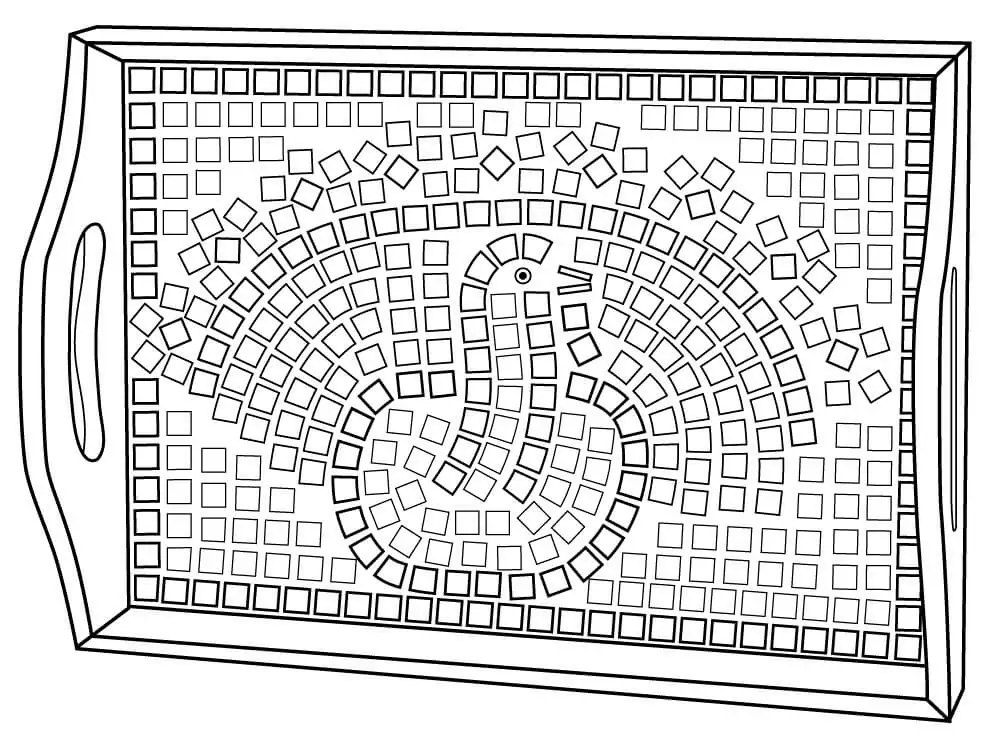
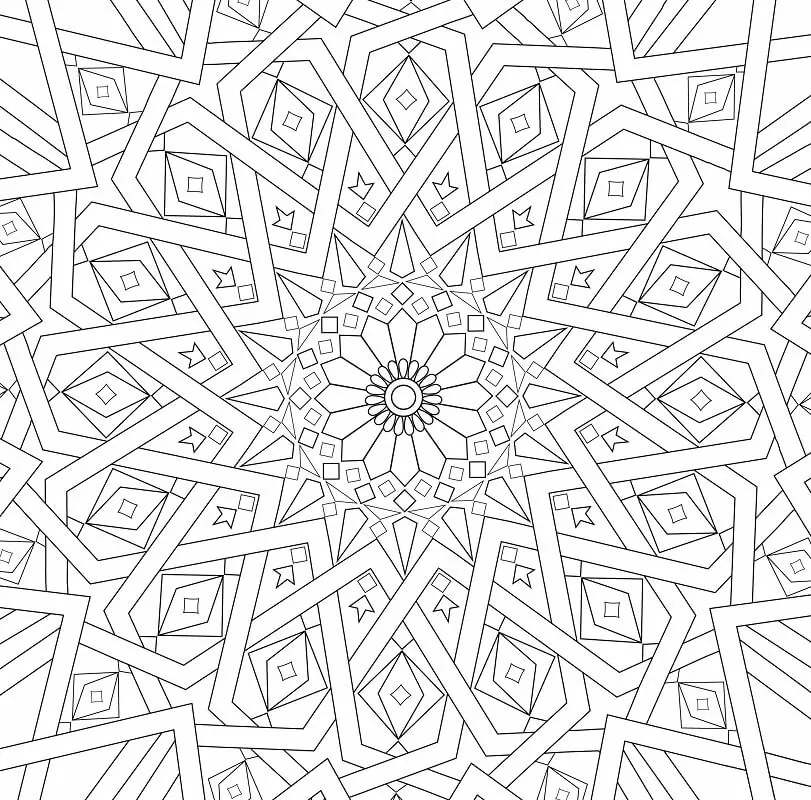
Mosaic coloring pages transport artists of all ages into a world where ancient techniques meet contemporary creativity. These intricate designs feature geometric patterns, flowing shapes, and detailed segments that transform simple spaces into spectacular works of art. Each template provides endless opportunities for color exploration while teaching historical artistic methods dating back to Roman and Byzantine eras.
Working with these detailed templates enhances focus, develops patience, and improves fine motor skills. The systematic approach required when filling tiny sections promotes mindfulness and relaxation. Children and adults alike find joy in selecting color combinations that bring their unique vision to life across the segmented canvas. Every completed piece showcases individual creativity through careful chromatic choices.
From Mediterranean-inspired seaside scenes to abstract geometric arrangements, mosaic coloring pages offer diverse artistic experiences. Traditional Roman patterns feature repeating shapes that create mesmerizing effects when colored thoughtfully. Byzantine-style templates incorporate religious symbols and natural elements, while contemporary designs blend modern aesthetics with classical tessellation techniques. Each style presents distinct opportunities for artistic expression.
Successful mosaic coloring relies on thoughtful palette selection. Complementary colors create striking contrasts, while analogous schemes produce harmonious transitions between segments. Experimenting with light and dark values within color families adds depth and dimension to finished pieces. Strategic placement of warm and cool tones brings balance to complex patterns.
These specialized coloring pages serve as excellent teaching tools for art history, mathematics, and cultural studies. Students learn about symmetry, pattern recognition, and spatial relationships while exploring ancient artistic traditions. The process of completing intricate mosaic designs builds concentration skills and understanding of color theory principles. Teachers often incorporate these activities into cross-curricular lessons.
Experienced colorists employ various methods to enhance their mosaic artwork. Gradient effects achieved through careful pressure control create subtle transitions between sections. Layering multiple colors within single segments adds richness and texture. Some artists incorporate metallic markers or glitter accents to simulate the shimmer of traditional glass tesserae. These advanced approaches elevate simple coloring pages into sophisticated artistic compositions.
Mosaic coloring pages provide endless creative possibilities for artists at every skill level. Whether seeking meditative relaxation, artistic skill development, or educational enrichment, these intricate designs offer rewarding experiences. Each completed page becomes a unique masterpiece reflecting personal style through thoughtful color choices and careful attention to detail.